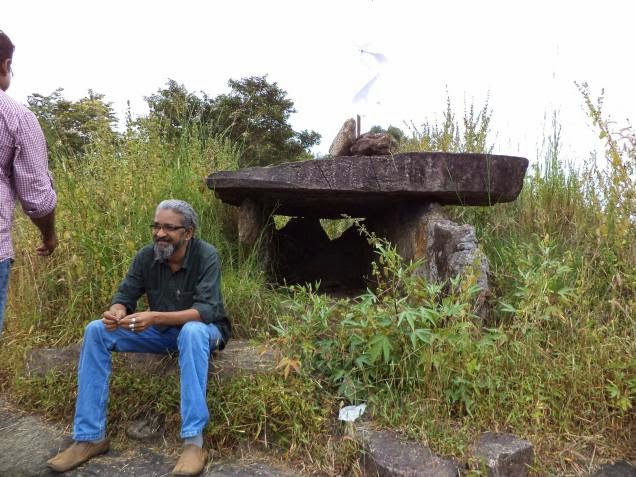The Hindu, December 19, 2014
Eat pokkali rice to save wetland bird habitats, exhort birders of Kochi.
The
Cochin Natural History Society (CNHS), an NGO dedicated for
conservation of birds, has launched a campaign asking bird enthusiasts
to buy pokkali rice from farmers of Varapuzha area to support them and
thereby conserving wetlands, the habitat of wetland birds.
Pokkali
farming is facing crisis in the district with drastic reduction in the
extent of farmland. The farming activity itself had become uneconomic
forcing the farmers to abandon it, said Vishnupriyan Kartha, secretary
of the society.
The CNHS is focusing its attention on
Devaswom Padam in Varapuzha, which is one of the favourite wetland
birding sites in the district. The presence of around 50 bird species
draws birders and nature enthusiasts to this site. The destruction of
wetlands will naturally lead to loss of habitat of avian fauna.
Sustainable farming is the only way to protect the birds. Hence the
campaign, Mr. Kartha said.
The bird species present
in the wetland include Little Cormorant, Oriental Darter, Indian Pond
Heron, Purple Heron, Grey Heron and Little Egret. Asian Openbill, Lesser
Whistling Duck, White-breasted water hen, Purple Swamp hen, Bronze
winged Jacana and Pacific Golden Plover are also found here.
Calling
the attention of birders who have been carrying out “birding and
photography at Kadamakudi and Devaswom Padam regularly,” a communication
from the CNHS urged them to buy pokkali rice to revive the farming. A
group of social activists are supporting the farmers by returning the
profit from selling pokkali rice procured from them, he said.
Pokkali
paddy farmed by the local farmers is converted into rice at a threshing
unit and the rice is sold at Rs. 60 a kg. The profit is returned to the
farmers as an incentive for engaging in pokkali farming, said Jesudas
Varapuzha, one of the activists.
Last year, One
quintal rice was thus sold and profit shared among the farmers. There
was good demand for pokkali rice and the transportation of rice to the
buyers was one hassle faced in its marketing, he said.
The
society had been covering the wetlands since 2011 during the Asian
water bird census. When the birders assemble here for the next census in
January, the members will be encouraged to buy the rice from the
farmers.

























